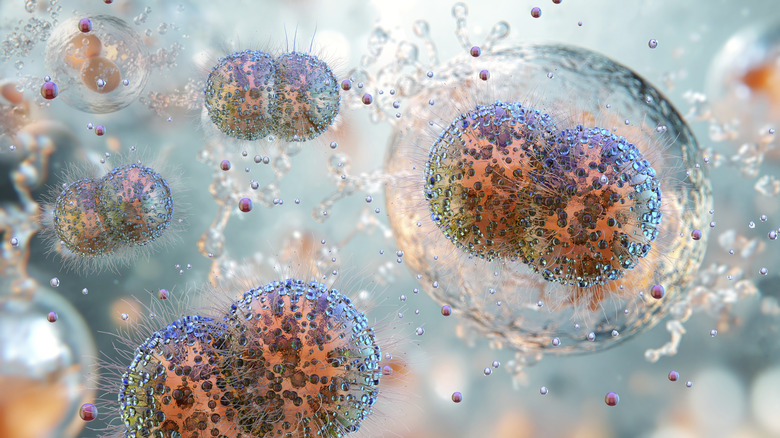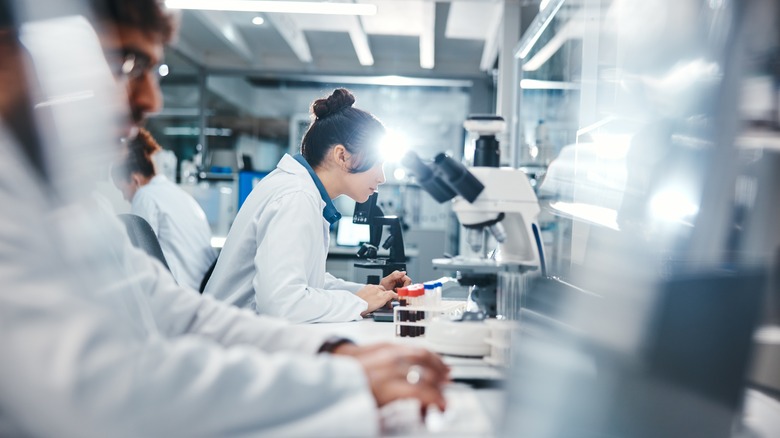Researchers Used AI To Kill Drug-Resistant Bacteria
You might be using generative AI products like ChatGPT and Gemini to create drafts, summarize documents, reason through complex topics, or make viral videos, but others are using these models to come up with solutions to much bigger problems. For example, an MIT Antibiotics-AI Project study recently published in scientific journal Cell details not one but two AI techniques that allowed researchers to discover never-before-seen antibiotics that might neutralize two dangerous drug-resistant bacteria.
Artificial intelligence models did not create the new drugs on their own. Instead, the AI simply followed complex instructions to discover molecules that might be able to destroy Neisseria gonorrhoeae (gonorrhea) and Staphylococcus aureus (MRSA). The AI models generated millions of possible chemical compounds that would harm the bacteria and thus put a stop to infections. In each case, the researchers applied specific filters to narrow down the lists of compounds to adequate candidates. These filters included requirements that the resulting antibiotic should not harm humans nor share common traits with existing antibiotics that have lost their efficacy against the two bacteria. After applying these conditions, the researchers ended up with a few viable candidates that show promise in lab testing.
From millions of options, AI found a novel gonorrhea drug
Per MIT News, to find a potential antibiotic for gonorrhea, researchers instructed the AI to create molecules based on a key bacteria-killing chemical fragment. They started with a set of 45 million fragments made up of all the possible combinations of 11 atoms and fragments from the Enamine REadily AccessibLe (REAL) Space molecule repository.
From there, the AI refined the list to 4 million fragments that might kill the bacteria. After extracting chemical fragments that would harm the human body, researchers shrank the list to around 1 million candidates. After further tests, the MIT scientists ended up with a fragment called F1 that showed potential for addressing gonorrhea.
They fed the F1 candidate into two generative AI algorithms: chemically reasonable mutations (CReM) and fragment-based variational autoencoder (F-VAE). The former created molecules around F1 by modifying atom configurations and other characteristics. The latter used learned patterns to forge complete molecules from a fragment. These two technologies produced 7 million potential candidates based on F1. That massive list ultimately shrank to some 1,000 viable compounds, out of which 80 were chosen for potential lab synthesis. Just two of the 80 versions could be created, and only one (NG1) effectively destroyed gonorrhea in both a mouse model and lab dish.
Given more freedom, AI also produced results in MRSA tests
The second experiment saw a similar journey, beginning with millions of candidates that might kill S. aureus and ending with a single top option effective in MRSA therapies. But this time, the researchers did not force the AI to follow a fragment strategy. The only rule the AI had to follow concerned chemistry. The atoms would have to be able to join into "chemically plausible molecules."
This time, the AI found 29 million compounds potentially effective against MRSA. After implementing the same filters used in the fragment-based experiment for gonorrhea, the team ended up with 90 candidates. The following test was more successful than the gonorrhea experiment, as researchers synthesized 22 molecules, six of which were highly effective against MRSA.
Of those six, they singled out the main candidate, DN1, which successfully addressed a MRSA infection in a mouse model. Interestingly, both DN1 and NG1 disturbed the cell membranes of the two bacteria. However, DN1 had a broader effect, while NG1 only interacted with a single protein. Once the cell membrane is impacted, the bacteria dies.
How dangerous are gonorrhea and MRSA?
Gonorrhea is a widely spread sexually transmitted infection. Internationally, 82.4 million new infections were recorded in 2020. Additionally, according to the World Health Organization (WHO), gonorrhea's drug resistance "is a serious and growing problem" that might make the condition untreatable. Meanwhile, S. aureus ranks high on the WHO's "list of drug-resistant bacteria most threatening to human health." The Centers for Disease Control and Prevention (CDC) also labels the bacteria a "serious threat" that can lead to death.
To be used in humans, NG1 and DN1 would have to pass preclinical trials and then clinical trials. These steps might take months to years. MIT News notes that Phare Bio (a nonprofit partnered with the Antibiotics-AI Project) "is now working on further modifying NG1 and DN1 to make them suitable for additional testing." Before using generative AI to develop potential antibiotics for gonorrhea and MRSA, MIT scientists employed AI to create the antibiotics halicin and abaucin.
Curious to explore other ways AI is impacting science and medicine? Check out this breakthrough tool that can detect cancer 99% of the time.



